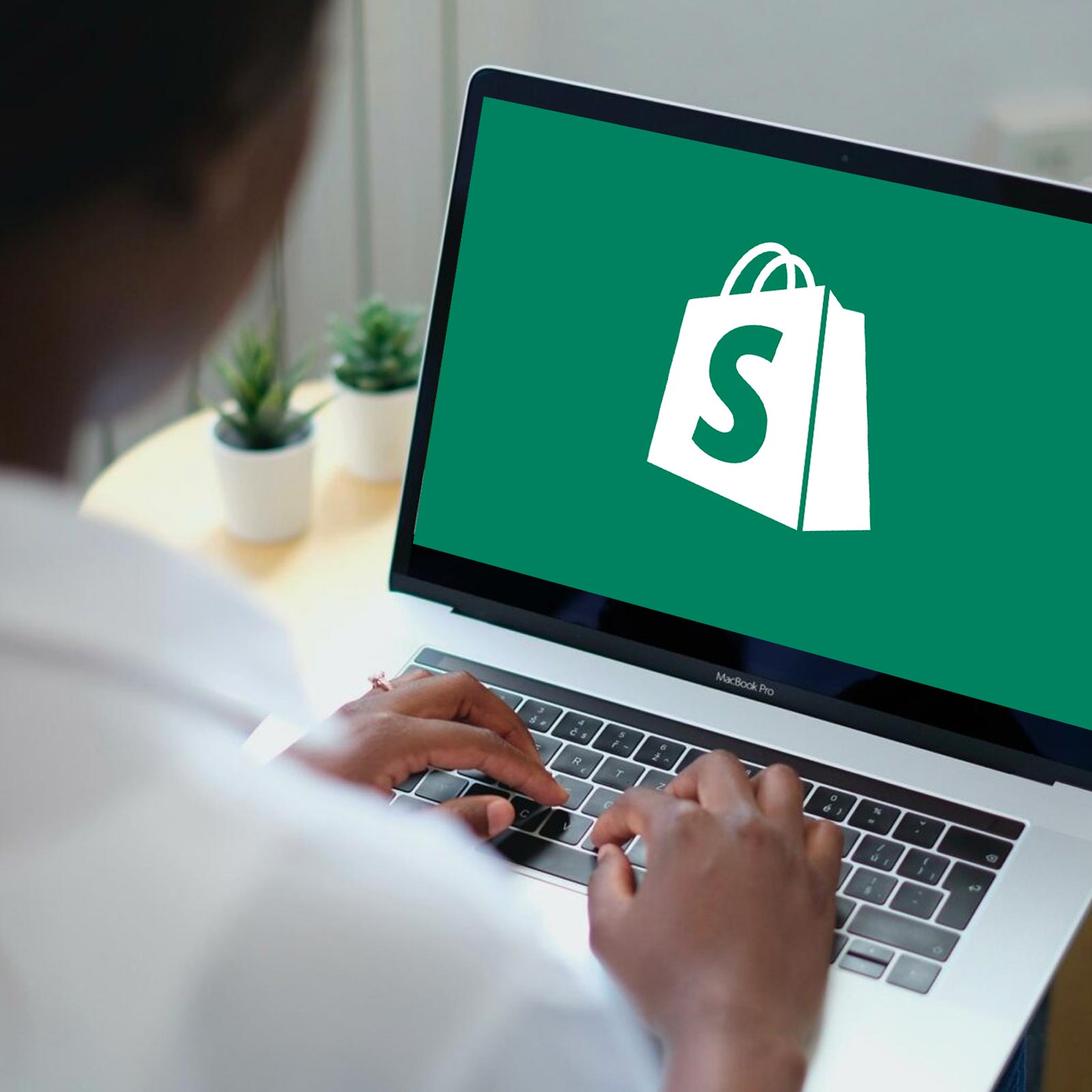Out-of-Home Advertising for Google Display & Video 360
Out-of-Home Advertising for Google Display & Video 360
The tech giant has announced that all Google Display & Video 360 advertisers will be able to expand their paid campaigns to digital out-of-home advertising
If you regularly keep up-to-date with paid media news, you may have heard about Google’s new digital out-of-home (OOH) offering through Display & Video 360.
What is out-of-home advertising?
Following the announcement, you may be thinking about what impact this could have on your display or video ads, if any, or even what out-of-home advertising is.
Traditionally, out-of-home advertising is a form of advertising that can be found outside of a consumer's home, this includes everything from billboards to bus shelters, benches and everything in between. Digital out-of-home (DOOH) advertising uses digital screens in places such as airports, shopping centres and bus stops.
What is Google Display & Video 360?
Now that we know what OOH advertising is, let’s discuss how the Google platform can help us achieve this.
Google Display and Video 360 (DV360), formerly known as Doubleclick Bid Manager, is a programmatic enterprise-level solution for running media. It is a separate product, which shouldn’t be confused with Display and Video campaigns on Google Ads, and it’s the name for Google demand-side platform (DSP).
A DSP is a platform used to run ads programmatically. Programmatic advertising is the automated buying and selling of ad inventory, the opposite of Google Ads where you advertise through display and video manually.
Programmatic digital out-of-home advertising already exists in the industry, with several providers already offering this solution, however, this is a first for Google’s suite of products.
What do we know following Google’s announcement?
The company has recently said that digital out-of-home advertising is now available to all Display & Video 360 users, incorporating screens publicly in places such as bus stops, lifts, airports, shopping centres, stadiums and even taxis, stating that brands can vary their messaging based on the time of day or the location of the screen.
Combining out-of-home and digital advertising
Shreya Mathur, DV360 product manager at Google, said in one of Google's recent blogs that advertisers can use the emotional power and fascinating formats of traditional out-of-home advertising, whilst combining this with the effectiveness of other digital channels, creating a marketing plan in which they can reach people on screens of all shapes and sizes. Doing so quickly and efficiently. Mathur goes on to say: “advertisers can activate, pause, and optimise digital out-of-home campaigns in near real-time. They can tackle everything from strategy and activation to reporting and optimisation all in one place”.
Programmatic advertising using Display and Video 360, one of Google’s top-level products, is more suitable for larger organisations, as Mathur speaks about how companies with a global presence can effectively advertise using automated OOH campaigns, giving them the opportunity to reach their international audience. Nowadays, Google’s DV360 platform partners with exchanges such as Hivestack, Magnite, Place Exchange, Ströer SSP, VIOOH and Vistar Media. These exchanges then grant access to large media owners around the globe, the list includes Clear Channel Outdoor, Intersection, JCDecaux, Lamar and Ströer. Advertisers can then secure this inventory through programmatic deals.
The article discusses how “advertisers can reach people based on contextual information of the screen location, like a traditional out-of-home ad, but with the flexibility and ease of programmatic”. An example of this is a restaurant having the ability to advertise on digital screens in a location with commercial offices, during the lunchtime rush, and doing so quickly and effectively.
ASOS case study
ASOS used Google’s DV360 platform to swiftly pick digital screens using the map UI, whilst devising relevant programmatic deals with leading media owners like Intersection in the U.S. and JCDecaux in the U.K. This dynamic approach allowed ASOS to lean on a platform to buy, execute and evaluate their campaign. Subsequently, the action of booking hundreds of digital screens was executed quickly and efficiently, generating 22 million viewed impressions across both countries.
Post-campaign analysis revealed that the use of digital OOH inventory in the campaign led to a 14% uplift in brand awareness and a 22% uplift in brand consideration in exposed vs control areas.
Dom Kozak, Head of Programmatic at JCDecaux UK, went on to say that granting availability to their out-of-home inventory via demand-side platforms such as Google DV360 allows marketing professionals to strategise and optimise all digital campaigns in one place. This will provide companies with more control over their advertising, which can lead to better brand and performance KPIs.
Final thoughts
One of the main advantages of using digital out-of-home ads over traditional billboards is that instead of paying to appear in one location all the time, you can choose to have your ad shown at specific times and in a number of different locations at once.
As previously mentioned, this type of advertising may not apply to your business currently but can be a great option for you as you grow and scale your marketing strategy and budget.
Now that you know more about digital out-of-home (DOOH) advertising, you may look at these ads slightly differently whilst you’re out, whether you’re waiting for a flight at the airport, standing at the bus stop or just walking around the city centre.
Hiring An out-of-home ads agency to complete the setup for you
Need further assistance? Our programmatic team can help you set up Out-of-Home Advertising using your DV360 account. Speak to us today & find out more about how our Google Tag Manager experts can set up Shopify Google Analytics 4 and e-commerce features using Google Tag Manager (GTM) and data layers.



